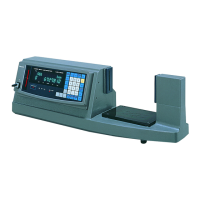
Do you have a question about the Mitutoyo LSM-9506 and is the answer not in the manual?
| Brand | Mitutoyo |
|---|---|
| Model | LSM-9506 |
| Category | Measuring Instruments |
| Language | English |
Overview of the Laser Scan Micrometer system.
Identification of system components.
Step-by-step guide for connecting system components.
Resetting the system to factory default settings.
Overview of system operational states and modes.
Defining workpiece measurement areas.
Configuring measurement duration and averaging.
Configuring fundamental system parameters.
Adjusting settings for measurement accuracy.
Performing actual measurements.
Explanation of setup concepts and terms.
Defining measurement acceptance or rejection criteria.
Adjusting measurement reference points.
Automating workpiece recognition for measurement.
Overview of system controls and button functions.
Detailed explanation of each key's functionality.
Configuring fundamental system parameters.
Explanation of different basic setup modes.
Configuring resolution and display options.
Setting output functions and error messages.
Configuring RS-232C communication parameters.
Procedures for calibrating the system for accuracy.
Steps to start the calibration process.
Configuring detailed measurement functions.
Defining pass/fail criteria.
Adjusting measurement zero points.
Setting up automatic workpiece recognition.
Overview of system operation states.
Adjusting settings while in measurement mode.
Auxiliary functions of the system.
Preventing unintended operation.
Practical examples of measurement applications.
Measuring Outer Diameter of machined parts.
Using offset/zero-set for measurement adjustments.
Automating measurements with workpiece detection.
Connecting and configuring the RS-232C serial interface.
Wiring diagrams for RS-232C connections.
Commands for controlling the LSM via RS-232C.
Error codes and their meanings.
Connecting to Mitutoyo Digimatic Data Processors.
Structure of Digimatic data output.
Maintenance procedures for the display unit.
Cleaning the display unit.
Maintenance procedures for the measuring unit.
Cleaning critical optical components.
Troubleshooting guide for system errors.
General troubleshooting steps for system issues.
Detailed technical specifications of the LSM-9506.
List of included items with the system.
Physical size and layout of the unit.
Limitations on using functions together.
Reference tables for system setup options.
Default and configurable basic setup parameters.


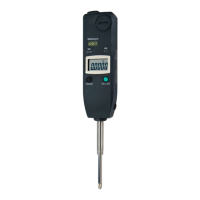
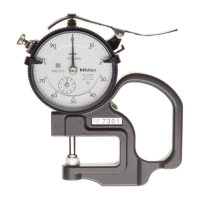
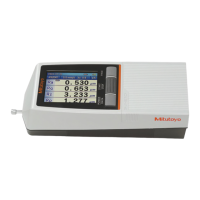
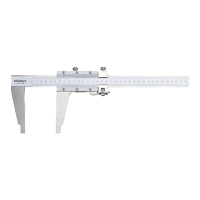
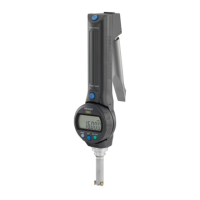
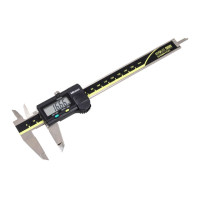


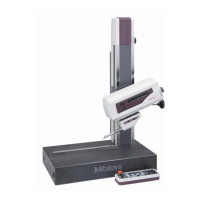
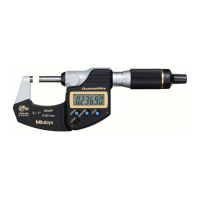
